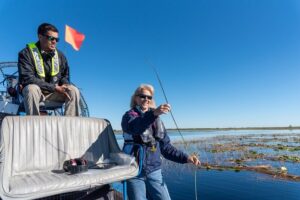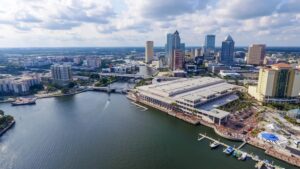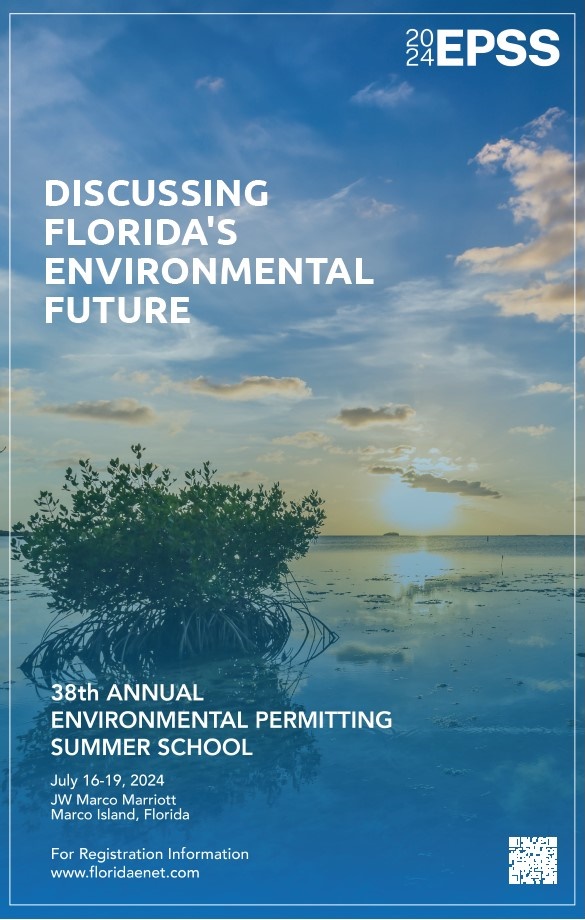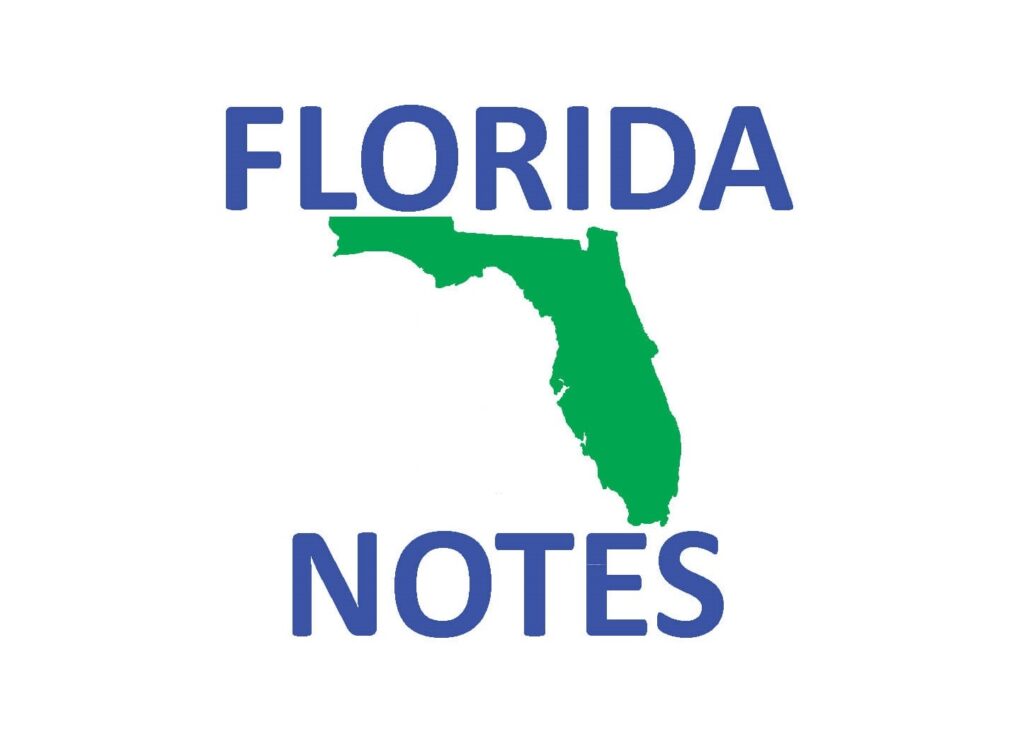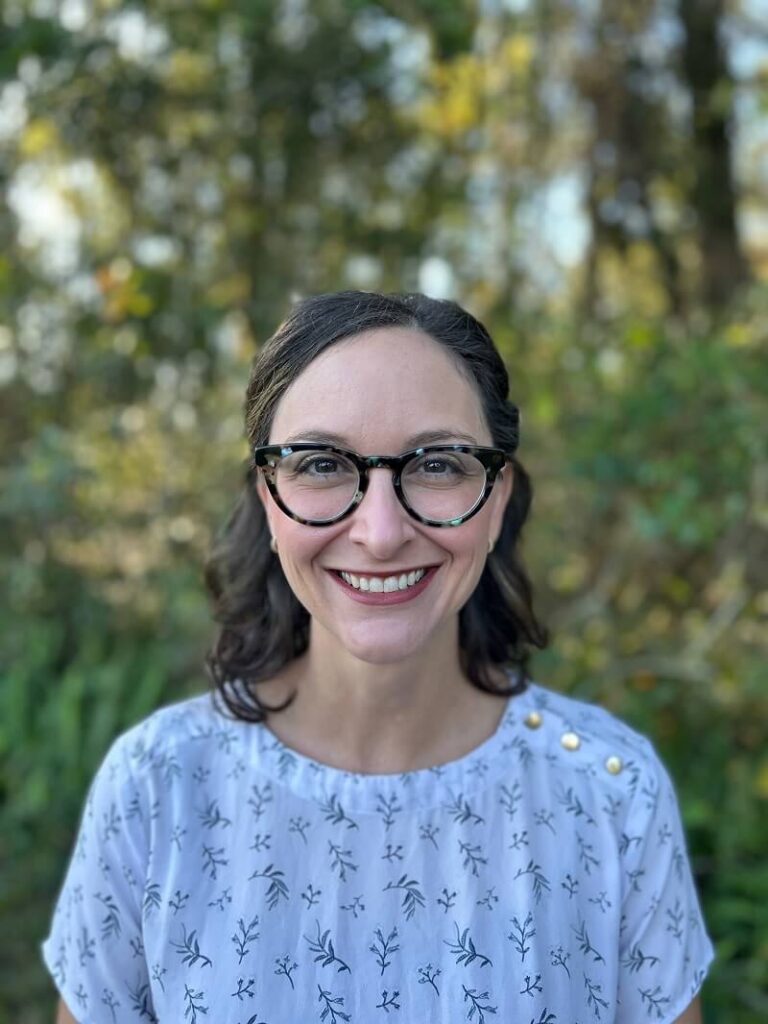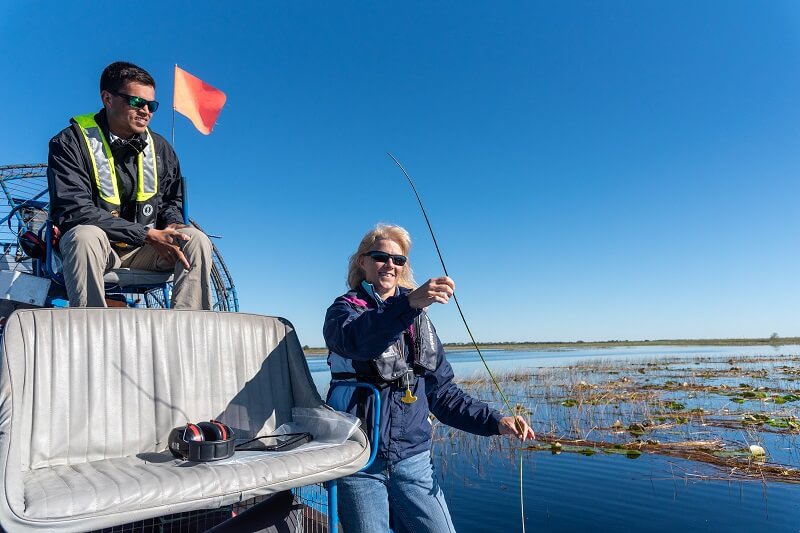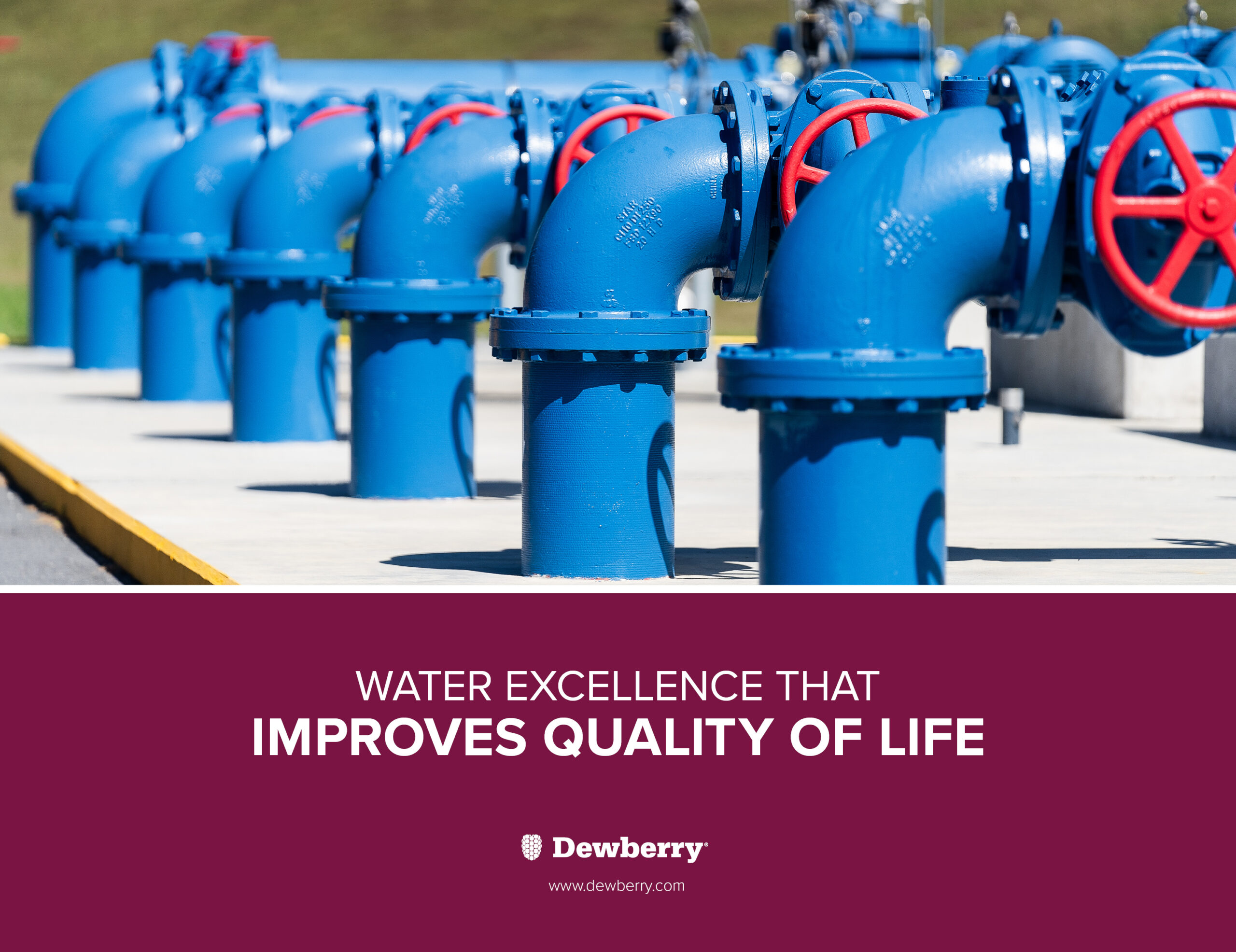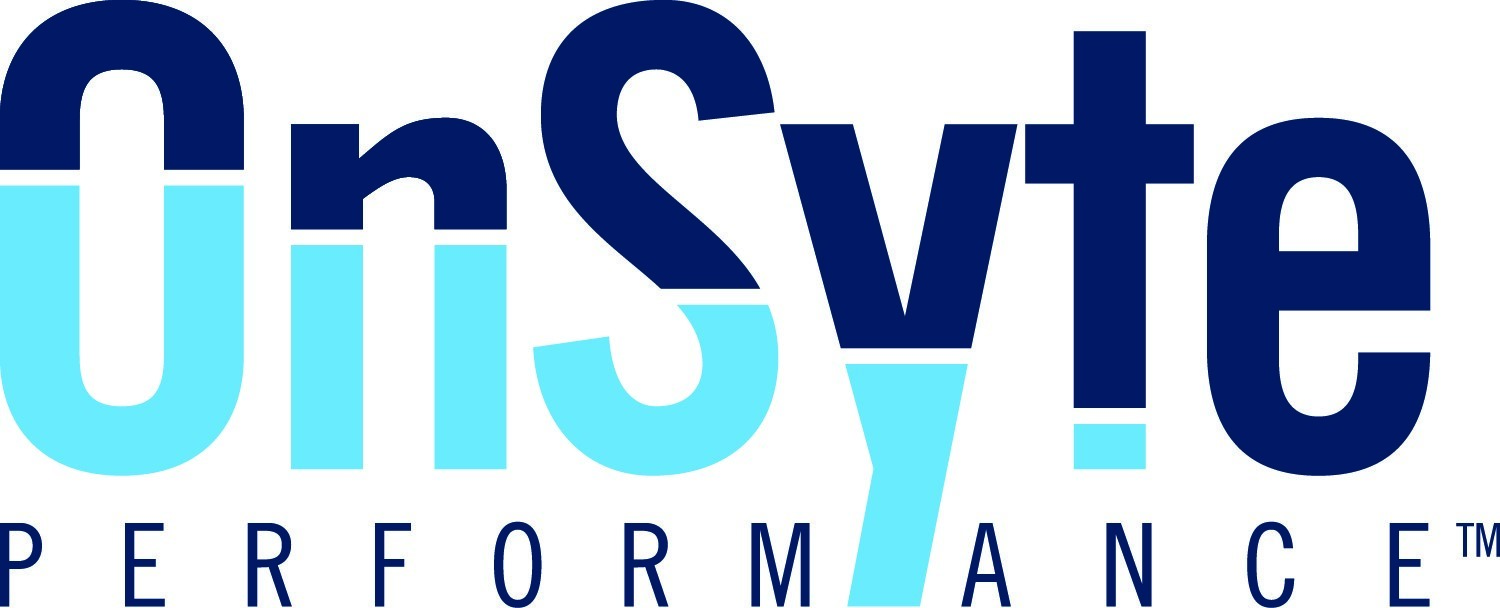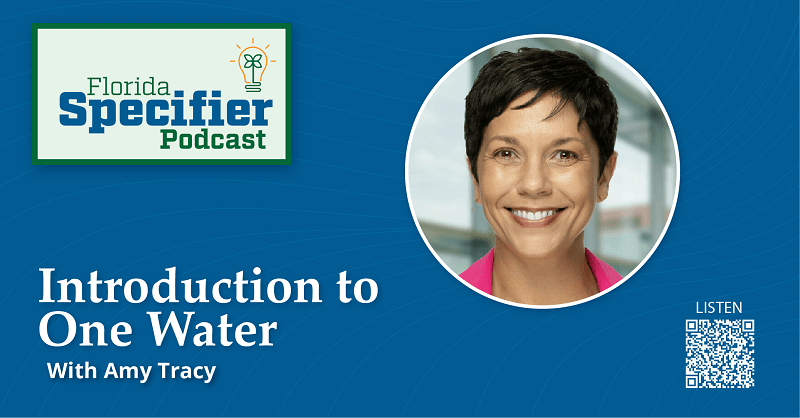BY Robert Beltran, PE, DBIA
Over the past decade, our water environment has changed in Florida. We are seeing the effects of population growth as people continue to move into the state while also facing the limits of our aquifer, rising sea levels, increased nutrient enrichment of our water resources, and higher frequency and intensity of storm events. There is a lot for utility owners, municipal staff, engineering consultants, planners, and regulators to consider as we work together to execute projects that address Florida’s water quantity and quality challenges. Here at Dewberry, we see many of our fellow professionals at the municipal, state, and federal levels coping with increasing challenges while still providing services to Florida’s citizens. Over the past several months, my colleagues and I, along with the Florida Specifier team, have introduced and illustrated the concept of One Water, an integrated water management approach that considers the entire water system, both built and natural, as a way to address these challenges. On multiple Specifier podcast episodes, we discussed the different facets of this integrated approach, including design and construction, permitting and regulatory compliance, resilience planning, and disaster response and recovery.
One Water is the interconnectedness of potable water, wastewater, stormwater, groundwater, surface water, reclaimed/reuse water, and natural systems. In the same way, implementing the One Water approach requires the interplay of multiple considerations as well as the key stakeholders in various roles. Work in one area of water management trickles (no pun intended) into other areas, sometimes in unexpected or unintended ways. It’s impossible to talk about constructing, operating, and maintaining infrastructure without considering the interaction of funding, regulation, community needs, environmental protection, engineering design, and long-term planning. One Water requires conversation and collaboration among multiple disciplines, divisions, departments, and groups of experts.
At the municipal level, One Water requires integrated water management solutions with an interdisciplinary team-based method to make progress toward the goal of sustainable solutions with multiple benefits that reuse each drop of water multiple times. Conversations must happen around the need for water for the public and the environment, communities’ economic growth, and public education toward expanded acceptance on our ability to reuse water safely and practically. Here, regulation, policy, engineering, and funding worlds collide on complex issues.
In Episode 5 of the Specifier podcast, Amy Tracy shared what integrated water projects can look like. In addressing water resource use, protection, and restoration, these projects often take a watershed-level approach that is region-specific. For example, in Plant City, they are using reclaimed water and captured stormwater for the creation of wetlands that will naturally treat that water and sustain the flow necessary to assist in efforts to restore the Hillsborough River. This project required collaboration among the city’s utilities, stormwater, and parks departments.
A significant motivation for and key component of One Water projects is regulatory compliance. However, this can be challenging for smaller communities that have limited resources, both financial and human. In addition, each of these communities is unique, so a one-size-fits-all solution does not exist. In Episode 7 of the Specifier podcast, Lisa Kelley shared her philosophy for assisting communities towards regulatory compliance, which focuses on cooperation and getting everyone in one room to talk through all aspects of an issue. Each participant—from regulator to local elected official to utility operator and others—possesses expertise gained only through specific experience. Exchanging those insights and sharing knowledge helps align regulatory plans and corrective actions while acknowledging community needs and constraints.
Of course, we get a higher return on investment when we also plan for changing environmental conditions. In an article featured on the Florida Specifier website, Hannah Hart discusses the importance of planning for resilient infrastructure. Currently, a big challenge for Florida communities—small, rural communities in particular—is gaps in data needed to develop comprehensive plans. Closing the gaps can be accomplished through vulnerability assessments and climate studies, which allow communities to identify, prioritize, and plan projects. Completion of these assessments requires input from many different stakeholder groups, including environmental consultants, modelers, and planners. The institutional knowledge and firsthand experience of local municipal staff and residents is also vital. The best data can be gathered when these groups cooperate with each other.
Episode 9 of the Specifier podcast provides a stark real-world example of the importance of planning ahead. In this episode, Trevor Noble recounted his experience as assistant director of utilities for Bay County when Hurricane Michael roared ashore in 2018 as a Category 5 storm. This event resulted in two important outcomes. The first is a better idea of how best to plan, prepare, and train for the next storm. Second, Bay County is using the rebuilding process as an opportunity to improve and harden its infrastructure for the future. Stephanie Marsh spoke to that process in this episode as well. An expert in disaster response and recovery, she outlines the importance of preparation and how communities can successfully obtain funding for recovery efforts. These steps include thorough asset management and documentation of current or baseline conditions. This level of planning requires collaboration between many different people, including local officials, utilities staff, engineering consultants, state regulators, federal agencies, emergency managers, and insurance companies. The result is a proactive, rather than reactive, approach.
As we consider One Water, we must also remember that everyone needs a seat at the table to bring their unique expertise to the conversation. These collaborative efforts could be among different departments of the same municipal government, regional approaches that bring together multiple municipalities under the same banner for multi-jurisdictional infrastructure, or conversations that connect members of local and state government, water management districts, and the Florida Department of Environmental Protection.
Ultimately, One Water projects require the expertise of multiple individuals working together to identify holistic water management opportunities. As we embrace the mindset that all types of water and natural systems are interconnected, it’s increasingly important to cultivate cross-disciplinary communication, education, and collaboration as we work together toward our common goal—solving Florida’s water challenges in a changing environment.
Robert Beltran is Vice President, Dewberry




